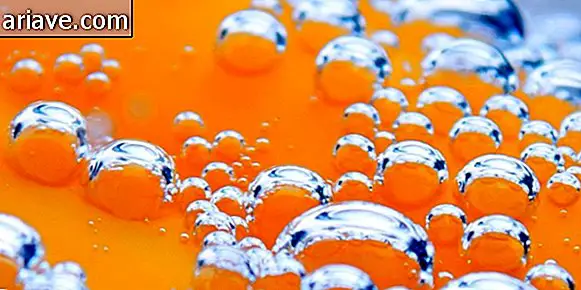Japanese scientists announce incredible stem cell breakthrough
Advances in stem cell research have provided the scientific world with incredible breakthroughs in processes never imagined before. Reproduction of organs and functional parts of the human body brings hope for the cure of serious illness and is even saving some lives.
The latest news in this area is that some scientists have achieved an amazing feat so simple that they hardly believed it. They turned old blood cells into stem cells in a rapid process.
And how was it done? With the addition of an acidic substance to the material that was immersed, naming this new stem cell profile as STAP ( stimulus-triggered acquisition of pluripotency ) - acquisition triggered by pluripotency stimuli.
According to the BBC UK, the team of Japanese scientists experimented with the method after observing a similar plant phenomenon in which environmental stress can transform a normal cell into an immature one.
That way new plants could grow from a younger cell. In the case of this new discovery, environmental stress could be reproduced in an acidic environment. With the transformation of the cells, the material was injected into a rat embryo, which developed perfectly with reprogrammed cells.
New expectations
Dr. Haruko Obokata of Japan's Riken Center for Developmental Biology said he was really surprised that cells could respond to the environment in this way and added: "It's exciting to think about the new possibilities these findings offer us, not just in medicine. regenerative, but for cancer too. "
Advancement has been achieved with rat blood cells, but research is now taking place to achieve the same results with human blood. Chris Mason, professor of regenerative medicine at College London University, said that if the process also works in humans, the era of personalized medicine will finally come.

Mason told the BBC: “I thought, ` God, this is a game changer! It is a very exciting but surprising discovery. It sounds a little too good to be true, but, from the number of experts who have verified this, I'm sure it is. If it works on people, just like mice, it seems faster, cheaper and possibly safer than other cell reprogramming technologies. ”
For example, the finding may be very important for age-related macular degeneration, which causes vision loss. It currently takes 10 months to move from a patient's skin sample to a stem cell culture that can be injected into the eyes - and all at a huge cost.
Professor Mason said that with this new process time would be drastically reduced, allowing for money savings and more affordable treatment, as preparation components would also be cheaper.
Revolutionary
Although surprising and very promising, the discovery will need more research and endorsement from the entire scientific community to begin to be practiced effectively. So much so that some experts are already giving their opinions on it.
According to the BBC UK, the finding was described as remarkable by Professor Robin Lovell-Badge of the Medical Research Council and as "a great scientific breakthrough and revolutionary approach" by Dr. Dusko Ilic, an expert in stem cell science. at Kings College London.
However, Dr. Dusko added: "We will need to use the same precautions in cells generated in this mode as those used in cells isolated from embryos or reprogrammed with a standard method."
Professor Lovell-Badge said: "It will be a while before the nature of these cells is understood and to find out if it can be useful for the development of therapies. But what is really intriguing to look at is what mechanism behind how an acidic pH substance triggers reprogramming - and why doesn't it happen when we take lemon or vinegar? ”











